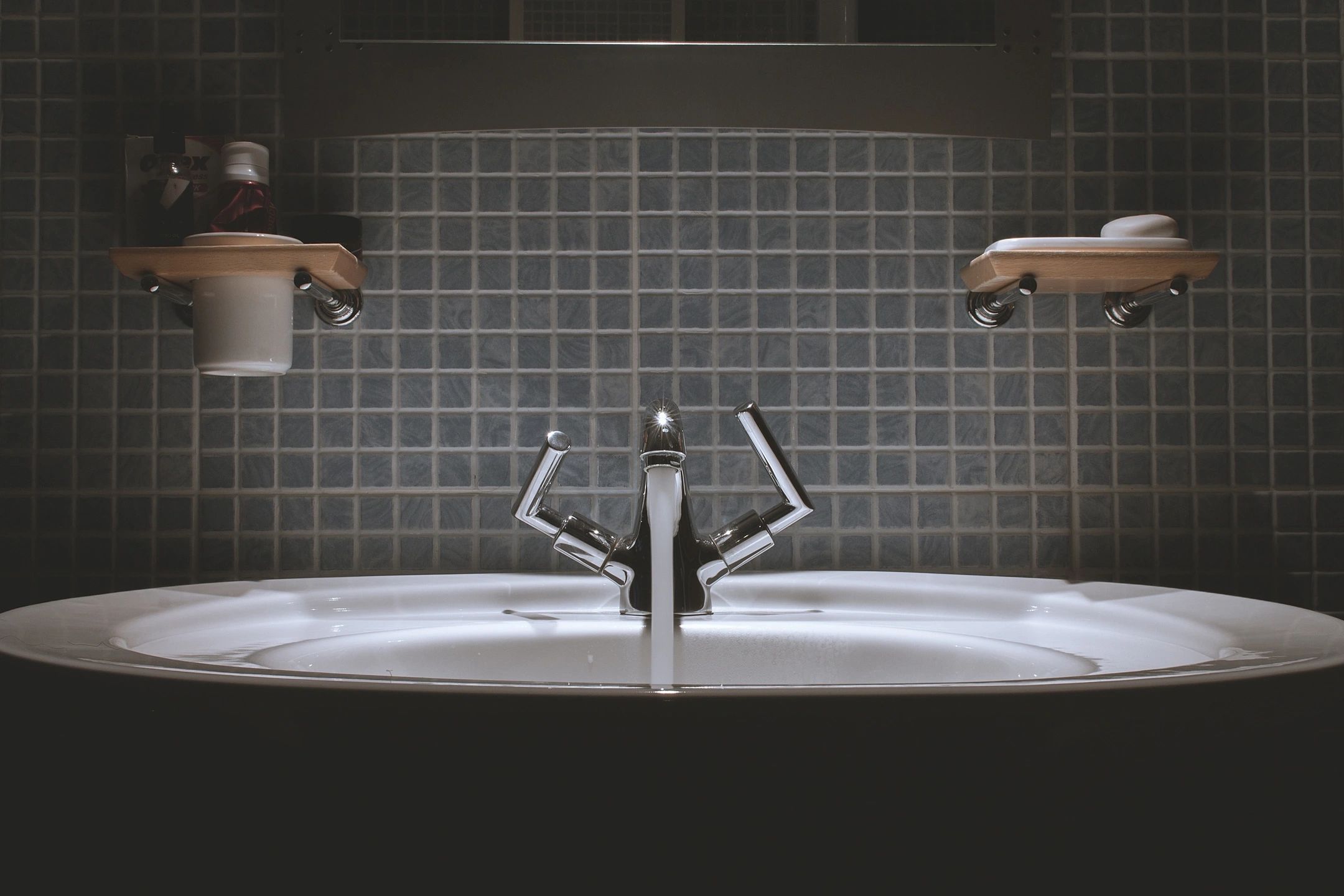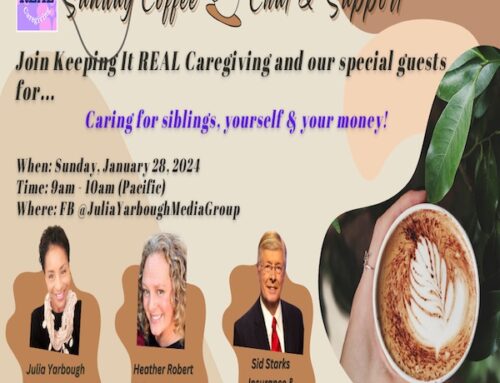When bathrooms go bad, it can happen fast. And that is especially true for an elder who might have a hard time navigating all the challenges one faces in the bathroom. Simply stepping into a tub or shower can become a death sentence.
How about forgetting just how low the toilet seat is and then almost falling as you sit down. Now consider these actions once you are a senior.
Scary moments for elders
- Perhaps your balance and gait is shaky due to simply old age or Parkinson’s Disease or a diabetic-related injury to your feet/legs. These situations can make a seemingly easy task more like a horror movie because when bathrooms go bad – it can be terrifying!
- Maybe the eyesight has begun to deteriorate and no matter how long you wait for your eyes to adjust in the dark, they don’t. Or even with motion-detecting lights in the hallway, you just cannot see.
- If your loved one uses a walker (of any kind), be aware of how hard it is to navigate this balancing device into a bathroom, get positioned at the commode, close a door and still hang on for safety. It can be dangerous.
Realities of when bathrooms go bad
Tasks that you and I do several times a day without giving it a second thought, can become treacherous or impossible. It may sound like a bad b-movie, but when bathrooms go bad everything can change.
Standard toilet seats are at a height range of about 15-inches from the floor. Once older and with negligible balance or strength in legs, the ability to lower oneself to the commode can become an almost impossible proposition.
The thought of even trying to get in and out of the shower or tub is something more like a possible death sentence. In fact, the National Council On Aging reports that for those 65 and older, one out of four take a fatal tumble with a count of almost 2.8 million fall-related injuries each year. But, getting older doesn’t have to mean falling.
If you are a caregiver you may ask, ‘where to even start to address these safety issues?’ Is there a way to make a bathroom safe for your senior loved one?
The answer is YES! In my experience of caregiving for my mother I took the mitigation approach. I looked at all the ways I could TRY and make a trip to the bathroom less terrifying. I didn’t want to be responsible for a moment of when bathrooms go bad!
Remember, there may also be an emotional component to this. What you and I may perceive as mom or dad simply being ‘fussy’ can involve something more. It may not necessarily be about not wanting to go to the bathroom or take regular showers/baths. It could be FEAR.
Your loved one may be afraid of slipping or falling or injuring themselves in some way. Be patient. Try and remember they bathed and changed your dirty diapers at some point. You are now simply returning the favor!

As much as I wanted to make sure my mother had personal privacy, I (and she) had to quickly move beyond the niceties. I needed to understand what challenges she was having in the bathroom. Then I had to figure out ways to allow her to have as much independence for personal care as long as possible.
The first step was to watch her patterns and routine. I recommend you do the same.
I quickly discovered pushing the bathroom door open, sliding her walker inside and then managing to get to the commode was simply too difficult. It was a fall waiting to happen.
The solution? We removed the door and hung a curtain (for privacy). Perhaps not optimal but it allowed her easier and safer access to the bathroom.
We installed metal grab bars along the side of the commode – one on each side. Depending on your bathroom, you may only be able to install only one but that is better than nothing. Before determining the location to place a bar watch your elder’s patterns in how they position themselves. Do they lead with their right or left side? How high are they able to reach their arms and how far? Do they have any strength in their legs for balance? These observations will help you figure out how best to help your elder.
Installing the grab bars allowed mom to hang on and balance herself, then lower herself to the commode. It was a small bit of continued independence.
Comfortable commodes
I also purchased a seat extender. Not a flimsily, wobbly chair that sat atop the commode. I found one that screws onto the seat and locks in place. It provided an additional level of safety and comfort.
We also installed grab bars in the shower and tub areas. I chose to place one on the outside door and on the inside so there would never be a time when a hand was not holding a bar for balance and support. This is KEY for stopping a ‘when bathrooms go bad’ scenario.
And… I DID NOT use the grab bars that suction or affix to the tile. I believe A PERSON PLACING THEIR FULL WEIGHT ON THESE – IN A WET AND SLIPPERY ENVIRONMENT, IS ASKING FOR AN ACCIDENT.
It may cost a bit and take some doing, but I had a handyman install the bars. He anchored them solidly into the wall and tile.
Your elder’s needs will change as their conditions change. That means always stay alert and aware of minor changes in their habits or comfort level.
You have to start somewhere. And providing the safest environment you can is as good start!
Ciao~









this is so helpful content for us.
Grab bars can be an important safety feature for people of all ages, but they are especially important for people who are elderly, have disabilities, or are recovering from an injury. By installing grab bars in your home, you can help to prevent falls and injuries, and you can give yourself or your loved ones peace of mind.